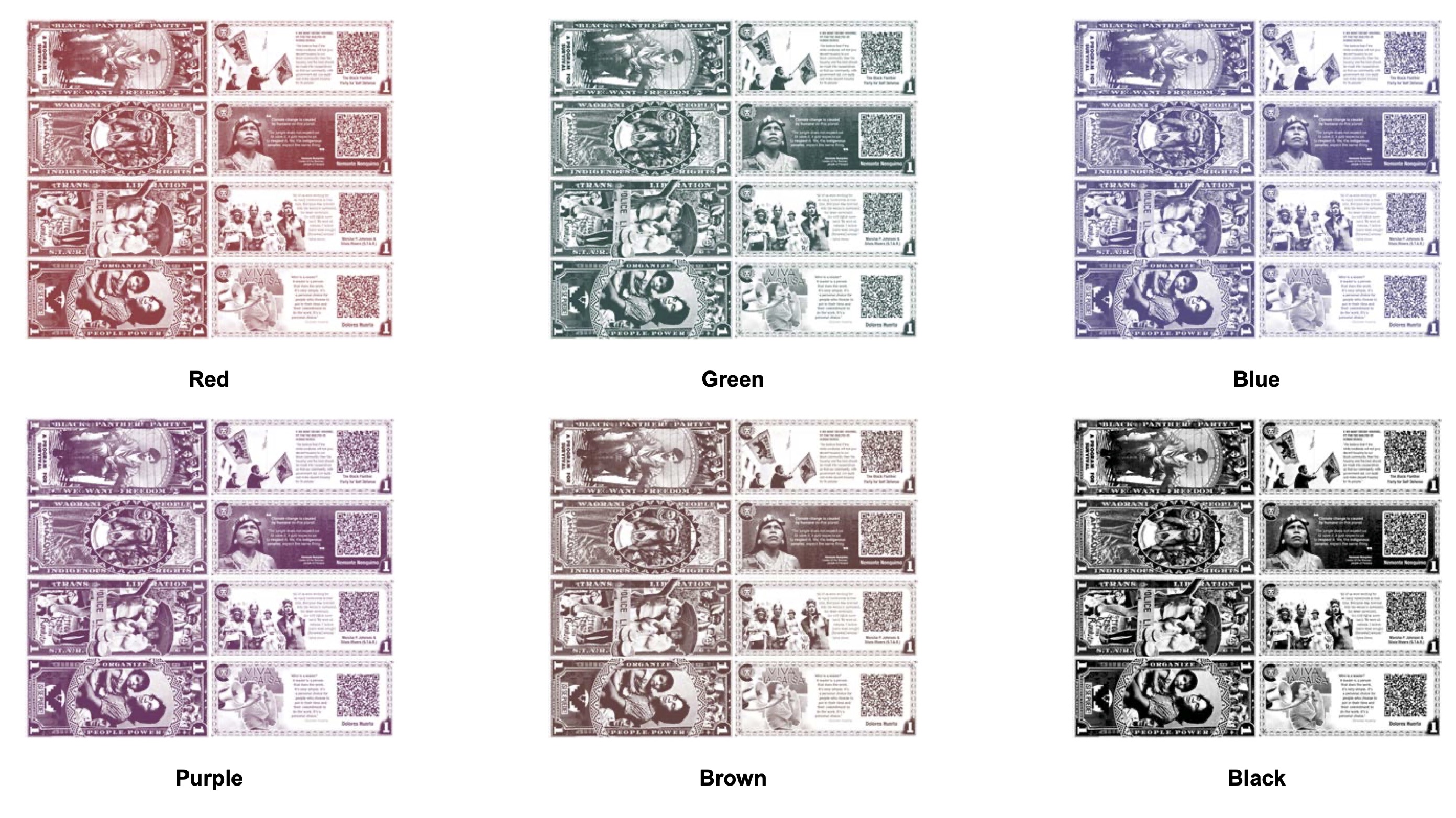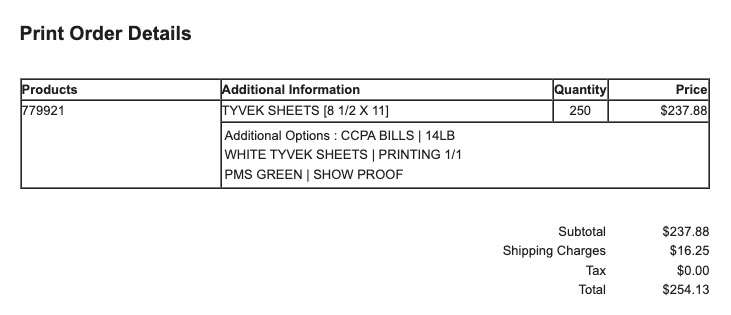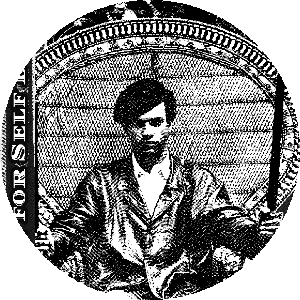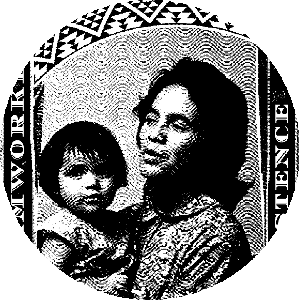Tyvek Money (CCPA Bucks)
Here's how we printed school money on Tyvek
What Are CCPA Bucks?
CCPA Bucks are printed bills that teachers can use to reward positive student behavior and also incentivize money management. This edition of CCPA Bucks are “D3 dollars” meaning that teachers in Division 3 (10th-12th grade) exchange this currency with students in those grades.
What Problem(s) Are We Solving?
Bring campus community behaviors into greater alignment with CCPA school values:
- Community
- Curiosity
- Persistence
- Achievement
Why Use Tyvek®?
In 2005, I saw an ingenius use of Tyvek®: Incarcerated students were using USPS envelopes to organize their schoolwork because it was available and not considered contraband (staples, paperclips, and binders are not allowed). Excited by the possibilities of this material, I ordered a Mighty Wallet – which turned out to be terrible because it slipped out of my pocket like a well-behaved package in a mail-sorting machine while I was riding my bicycle around San Francisco.
In a nutshell, Tyvek® is neither paper, cloth, nor plastic film – but it integrates the advantages of those three materials. It is a lightweight, durable, breathable, water-resistant and bacteria-resistant material made from high-density spunbound polyethylene fibers (HDPE) that are are bonded using heat and pressure.
 Tyvek® is used in Sterile packaging, Shipping envelopes, Buildings, and more.
Tyvek® is used in Sterile packaging, Shipping envelopes, Buildings, and more.
Is it safe?
As a teacher, I must protect students from unsafe materials. The FDA considers HDPE plastics (like milk jugs and shampoo bottles) to be food-safe. The Environmental Protection Agency (EPA) lists HDPE as a commonly recycled material.
I must also honor the Earth. DuPont states that Tyvek® materials are inert, and it does not leach harmful compounds into groundwater because it contains no binders, fillers, or plasticizers. DuPont also manages a Tyvek® envelope recycling program in the United States: 1-800-448-9835. Tvyek is most commonly recycled into outdoor benches or playground structures.
The Design System
The 2025 design system features on bill fronts specific social movement leaders who generated organizational capital by engaging with their own communities to advance collective wellness. I aligned these leaders with CCPA’s four core values: Community, Curiosity, Persistence, and Achievement. In the 2025 edition of CCPA Bucks, the leaders (and social movements) represented include:
| Value | Organization | Social Movement / QR code |
|---|---|---|
| Community | Panthers | The Black Panther Party for Self-Defense |
| Curiosity | S.T.A.R. | Street Transvestite Action Revolutionaries (STAR) |
| Persistence | U.F.W. | United Farmworkers (UFW) |
| Achievement | Waorani | Waorani of Pastaza (Ecuador) |
Whereas the backs of US bills feature federal buildings and the phrase “In God We Trust”, the backs of CCPA Bucks feature descriptive quotations from the leaders pictured on the fronts, and QR codes that link to online resources. These features enable our community to learn about these heroes as immediately or intentionally as time and effort allow:
Who is (not) represented?
While the social movements pictured on the bills are known for broad-based, diverse participantion and multiple social change strategies, I think the imagery foregrounds these strategies and groups:
| Leader | Strategy | Identity Empasis |
|---|---|---|
| Huey Newton | Rhetorical Power | Black, Urban, Men, Young Adult |
| Sylvia Rivera & Marsha P. Johnson | Mutual Aid | Trans Women, Latine, Black, Urban, Young Adult |
| Dolores Huerta | Coalition-Building | Latine, Woman, Parent, Agricultural/Rural, Young Adult |
| Nemonte Nenquimo | Legal Power | Indigenous, Woman, Ecuadorian, Rural, Young Adult |
As such, the representations on the bills mostly reflect the racial and ethnic demographics of our school. However, our student body has a growing Arab and Central Asian population, and the 2025 edition includes no MENA (Middle East and North African) heroes. Native American and API (Asian and Pacific Islander) heroes are also absent from this first edition of the currency.
However, because the design system and printing process are already established, these structures can support school community members in leading the design of future bills that include additional identity groups or organizing strategies. (If you are reading this, I hope you are already wondering which heroes you would pay tribute!)
Print / Job Specifications
The most crucial considerations were that (a) the front and back prints be aligned so the images stay on register when flipped to the other side; and that (b) the print resolution sufficiently represent the fine details in the designs. The vendor assured us on both accounts, and we were not disappointed!
- Bill sizes match standard US currency: 6.14 x 2.61 inches.
- We printed on 250 white 8.5 x 11-inch Tyvek sheets of 14# weight.
- Each page fit 4 bills, so we created 4 unique designs.
- This resulted in 1,000 total bills.
- Total cost was $254.13 USD; $237.88 for printing; $16.25 for shipping. (About 25¢ per bill.)
- Vendor was Printlink, located in Battle Creek, Michigan.
- We considered several colors, and decided on green (one of our school colors):
 Proofs shown in red, green, blue, purple, brown, and black.
Proofs shown in red, green, blue, purple, brown, and black.
Invoice
 Total cost was $254.13 USD; $237.88 for printing; $16.25 for shipping; Tax-exempt.
Total cost was $254.13 USD; $237.88 for printing; $16.25 for shipping; Tax-exempt.
What worked well?
- This Photoshop tutorial from Texturelabs made the money look real (see others)
- Vertical orientation of bill fronts is good for Instagram!
- Teachers enjoy giving these bills to students.
- School supports incentive programs for students upholding values.
- Students enjoy receiving bills and redeeming them for snacks.
- Teachers and leaders approve of the design system and demographic representations.
- Specific community values on each bill (Community, Curiosity…) guide teachers in recognizing specific behaviors.
- Consistent design system (ie, group photo here, QR code here) makes future designs easier.
- Tiny ‘2025’ printed on the back will help us retire this edition (to control the school’s cash liability).
What would we change?
- Print future editions in different colors to excite the students who appreciate the artwork and will save and collect the bills for sentimental value instead of spending them. Some students appreciate the material value of the bills more than the exchange value.
- Try using a weight greater than 14#. The 14# cuts and stacks nicely, but after folding or bring crumpled, they do not easily recover shape. Not sure that a heavier weight will fix this, but it would be interesting to compare. The program is only a few weeks old, so teachers are distributing new bills every time. I suspect that due to the ‘wear-and-tear’ of the bills, redistributing used bills may not feel very great.
- Include cutting in the print job. Teachers don’t need more things to do…and students are not generally skilled at cutting. Only if there is an operational (funded) vocational program involving material arts is it a helpful suggestion that we “make students do it”. (Please help increase educational funding for K12 in California and the United States.)





